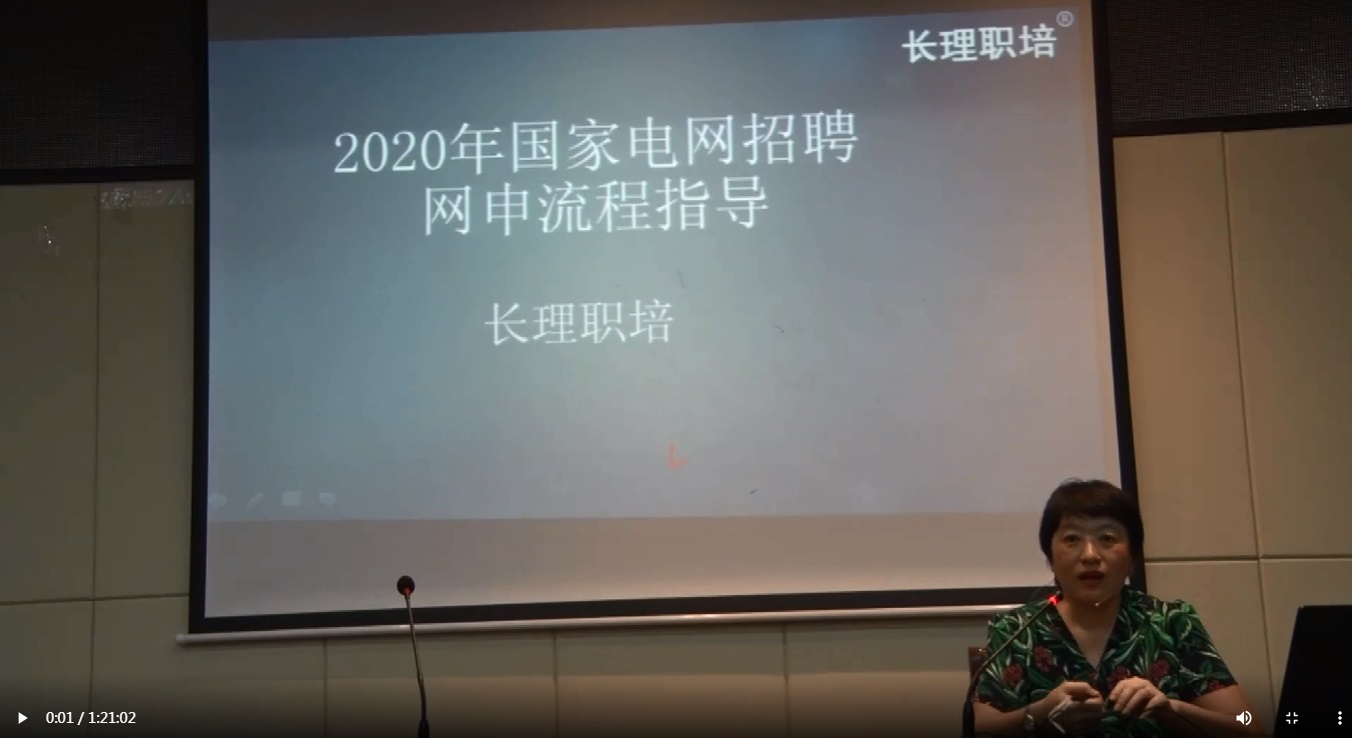With plaster casts now scattered about the ancient city, we can observe the images of Pompeians as they died. Most tourists find these casts both macabre and enjoyable.
It is still true today, as J. W. Goethe (1749-1832) wrote about Pompeii, "Many a calamity has happened in the world, but never one that has caused so much entertainment to posterity as this one." People's interest in the sinking of the Titanic in 1912 comes to mind as a modern example of society's fascination with how people react when they recognize that their own death is imminent.
My impression of Pompeii during my first visit was much like that of Mark Twain's. He found the city fascinating, yet terribly depressing. There are reminders of death everywhere. It is apparent that the eruption of Vesuvius in 79 A.D. caught the inhabitants totally by surprise. Destruction and death brought a horrifying end to a day that started out as pleasant as any other August day for Pompeii's citizens.
参考译文
通过散落在这座古代城市的人体石像,我们可以看到庞贝人死时的形象。大多数旅游者都会发现,这些石头人像既让人毛骨悚然,也让人觉得兴趣盎然。
它们直到今天还栩栩如生。歌德谈到庞贝的时候写到:"世界上发生过许多灾祸,但从未有一件像在庞贝城发生的这样给后来人以如此巨大的玩味。"1912年泰坦尼克号的沉没曾也曾引起人们的兴趣,这是近代的一个佐证。社会迷恋它、谈论它,是想知道当人们意识到自己的死亡无可避免的时候,他们会有什么反应。
我第一次参观庞贝城的印象和马克-吐温的差不多。他觉得整个城市让人迷醉,但极其压抑沉闷。到处都是死亡的暗示。显然,发生在公元79年的维苏威火山的爆发使所有居民陷入惊恐。那一天终止于毁灭和死亡的结局,虽然对庞贝市民来说,那一天的清晨也许和任何一个愉悦的八月早晨并无不同。
编辑推荐:

温馨提示:因考试政策、内容不断变化与调整,长理培训网站提供的以上信息仅供参考,如有异议,请考生以权威部门公布的内容为准! (责任编辑:长理培训)






















点击加载更多评论>>